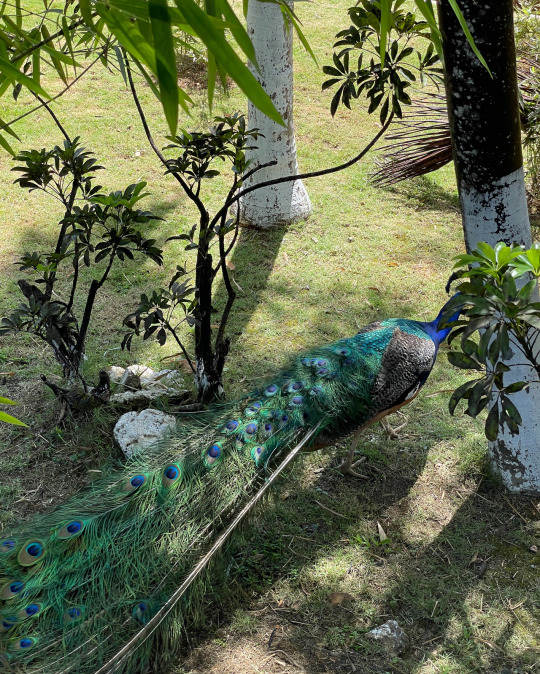#Santa Cruz
Text
Ancient redwoods recover from fire by sprouting 1000-year-old buds
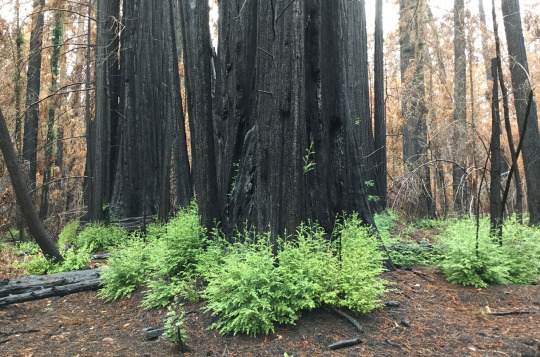
Article | Paywall free
When lightning ignited fires around California’s Big Basin Redwoods State Park north of Santa Cruz in August 2020, the blaze spread quickly. Redwoods naturally resist burning, but this time flames shot through the canopies of 100-meter-tall trees, incinerating the needles. “It was shocking,” says Drew Peltier, a tree ecophysiologist at Northern Arizona University. “It really seemed like most of the trees were going to die.”
Yet many of them lived. In a paper published yesterday in Nature Plants, Peltier and his colleagues help explain why: The charred survivors, despite being defoliated [aka losing all their needles], mobilized long-held energy reserves—sugars that had been made from sunlight decades earlier—and poured them into buds that had been lying dormant under the bark for centuries.
“This is one of those papers that challenges our previous knowledge on tree growth,” says Adrian Rocha, an ecosystem ecologist at the University of Notre Dame. “It is amazing to learn that carbon taken up decades ago can be used to sustain its growth into the future.” The findings suggest redwoods have the tools to cope with catastrophic fires driven by climate change, Rocha says. Still, it’s unclear whether the trees could withstand the regular infernos that might occur under a warmer climate regime.
Mild fires strike coastal redwood forests about every decade. The giant trees resist burning thanks to the bark, up to about 30 centimeters thick at the base, which contains tannic acids that retard flames. Their branches and needles are normally beyond the reach of flames that consume vegetation on the ground. But the fire in 2020 was so intense that even the uppermost branches of many trees burned and their ability to photosynthesize went up in smoke along with their pine needles.
Trees photosynthesize to create sugars and other carbohydrates, which provide the energy they need to grow and repair tissue. Trees do store some of this energy, which they can call on during a drought or after a fire. Still, scientists weren’t sure these reserves would prove enough for the burned trees of Big Basin.
Visiting the forest a few months after the fire, Peltier and his colleagues found fresh growth emerging from blackened trunks. They knew that shorter lived trees can store sugars for several years. Because redwoods can live for more than 2000 years, the researchers wondered whether the trees were drawing on much older energy reserves to grow the sprouts.
Average age is only part of the story. The mix of carbohydrates also contained some carbon that was much older. The way trees store their sugar is like refueling a car, Peltier says. Most of the gasoline was added recently, but the tank never runs completely dry and so a few molecules from the very first fill-up remain. Based on the age and mass of the trees and their normal rate of photosynthesis, Peltier calculated that the redwoods were calling on carbohydrates photosynthesized nearly 6 decades ago—several hundred kilograms’ worth—to help the sprouts grow. “They allow these trees to be really fire-resilient because they have this big pool of old reserves to draw on,” Peltier says.
It's not just the energy reserves that are old. The sprouts were emerging from buds that began forming centuries ago. Redwoods and other tree species create budlike tissue that remains under the bark. Scientists can trace the paths of these buds, like a worm burrowing outward. In samples taken from a large redwood that had fallen after the fire, Peltier and colleagues found that many of the buds, some of which had sprouted, extended back as much as 1000 years. “That was really surprising for me,” Peltier says. “As far as I know, these are the oldest ones that have been documented.”
... “The fact that the reserves used are so old indicates that they took a long time to build up,” says Susan Trumbore, a radiocarbon expert at the Max Planck Institute for Biogeochemistry. “Redwoods are majestic organisms. One cannot help rooting for those resprouts to keep them alive in decades to come.”
-via Science, December 1, 2023
#redwoods#california#wildfire#climate change#extreme heat#natural disasters#botany#plant biology#photosynthesis#santa cruz#hopepunk#sustainability#climate hope#united states#good news#hope
11K notes
·
View notes
Text
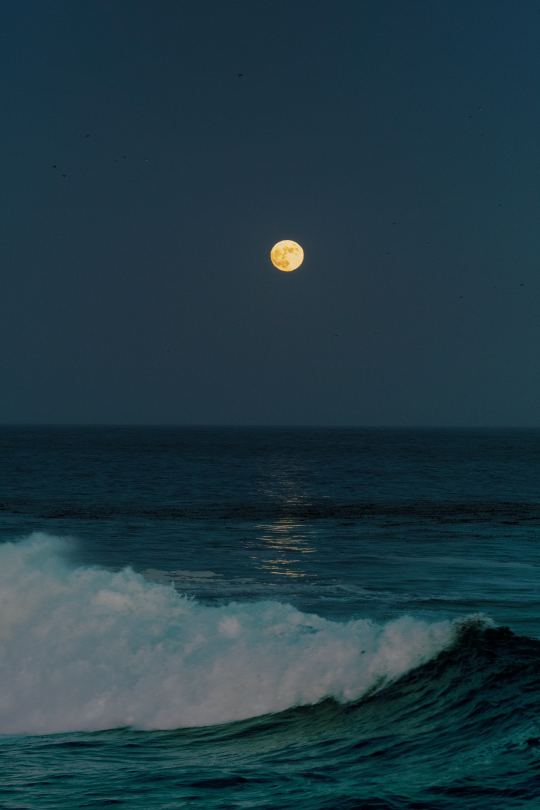
Gabriel Tovar
2K notes
·
View notes
Text
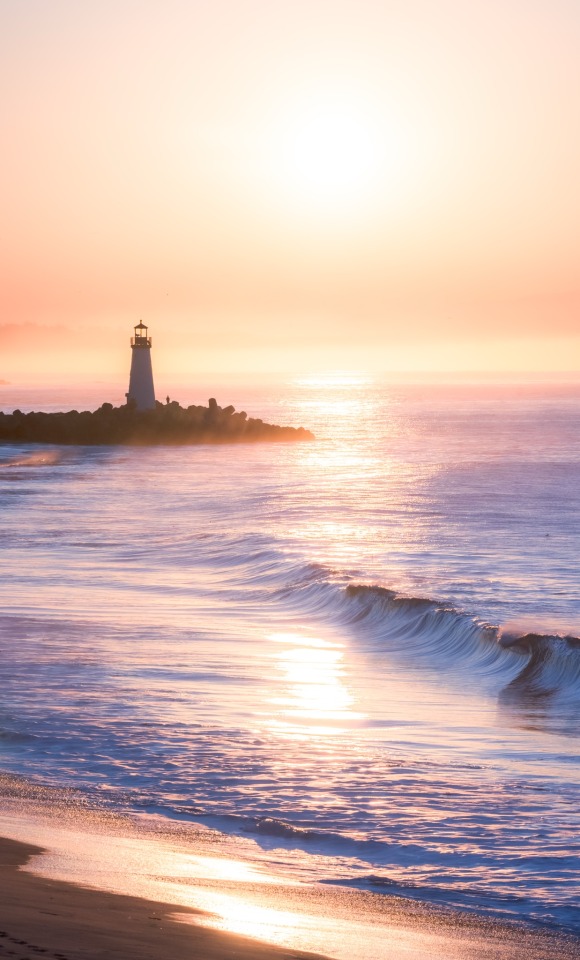
#mine#photography#california#travel#photographers on tumblr#nature#landscape photography#landscape#california photography#beautiful photos#santa cruz
5K notes
·
View notes
Text
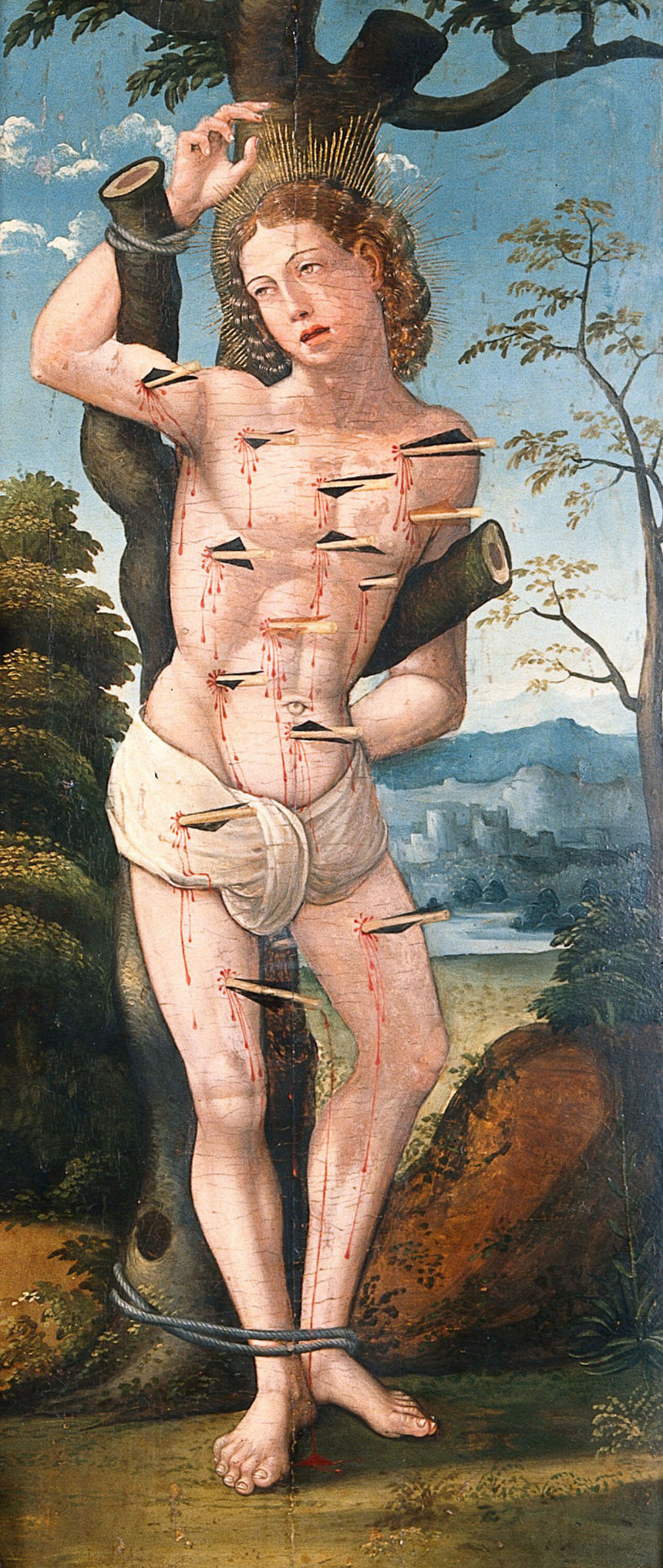
Santa Cruz, Saint Sebastian (detail), before 1508. Oil on wood, 99.5 x 46 cm. Wellcome Collection, London
#art#painting#saint sebastian#st sebastian#1500s#1400s#15th century#16th century#cruz#santa cruz#detail
651 notes
·
View notes
Photo

(by Agustin Visconti)
#vertical#landscape#x#a#watsf#curators on tumblr#Agustin Visconti#reflection#water#lake#mountain#snow#El Calafate#Santa Cruz#Argentina
4K notes
·
View notes
Text






I Would Literally Give Anything For The Lost Boys To Come & Sweep Me Away To Their Cave In Santa Carla Right Now.
Like Yes Gentleman, I Will Be Laddie's New Mother & I'll Be A Great Stay-At-Home House Bride/Mate.
Take Me Now.
🦇🥡🎠💍
#the lost boys#the lost boys 1987#vampire#80s movies#lost boys#80s aesthetic#santa carla#david the lost boys#marko the lost boys#dwayne the lost boys#paul the lost boys#lost boys mate#laddie the lost boys#tlb 1987#paul tlb#david tlb#dwayne tlb#marko tlb#santa cruz#movies
129 notes
·
View notes
Text

sequel to a parting
(image description in alt text)
#comics on tumblr#artists on tumblr#diary comic#daily comic#santa cruz#new england#davedrawsstuff#image description in alt text
982 notes
·
View notes
Text
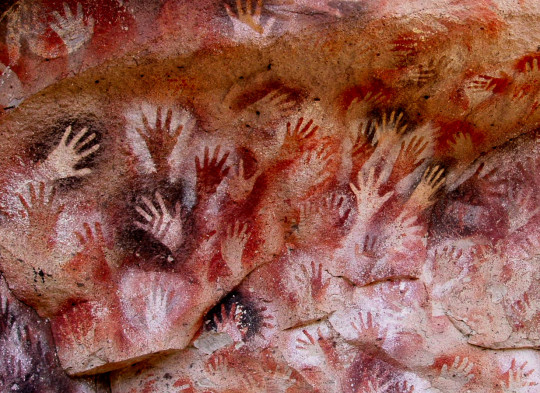
Cueva de las Manos, Province of Santa Cruz, Argentina,
It is named for the hundreds of paintings of hands stenciled, in multiple collages, on the rock walls. The art was created in several waves between 7,300 BC and 700 AD, during the Archaic period of pre-Columbian South America.
The age of the paintings was calculated from the remains of bone pipes used for spraying the paint on the wall of the cave to create the artwork, radiocarbon dating of the artwork, and stratigraphic dating.
#art#design#creepy#surreal#paint#rock paint#rockart#cave#argentina#hands#cueva#cueva de las manos#manos#santa cruz#7300B.C.#700 AD
168 notes
·
View notes
Text
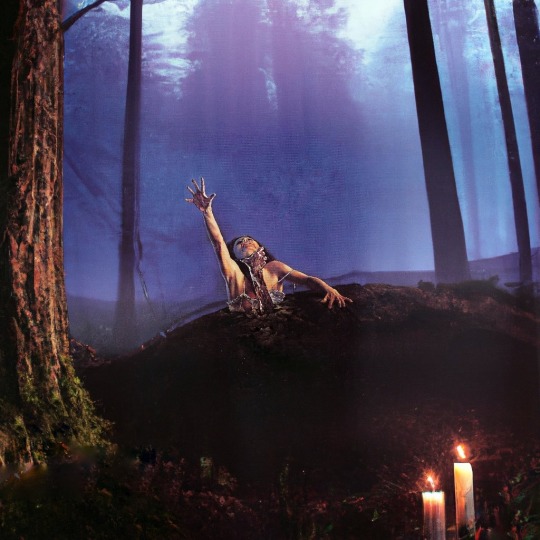
#evil dead ii#evil dead#sam rami#classic movies#classic hollywood#classic 80’s movies#horror#80’s horror#halloween#ash vs evil dead#classic movie posters#movie posters#80’s halloween#halloween 2022#vintage halloween#halloween makeup#spooky season#spooky#santa cruz
2K notes
·
View notes
Text

#mine#photography#california#travel#photographers on tumblr#nature#landscape photography#landscape#california photography#beautiful photos#santa cruz
720 notes
·
View notes
Text

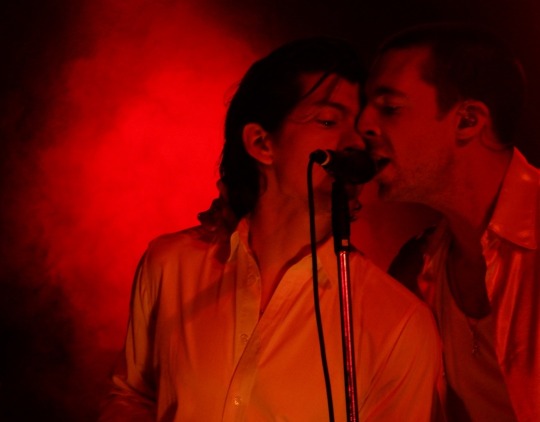


The Last Shadow Puppets - The Catalyst, Santa Cruz 2016
📸: Shelby Bree Hammer (Flickr)
#the last shadow puppets#alex turner#miles kane#tlsp2#tlsp#eycte tour#eycte era#eycte#everything you've come to expect#the catalyst#santa cruz
302 notes
·
View notes
Text
Visited Monterey and hit the aquarium and Cannery Row (Dad’s a Steinbeck fan, so we took a lot of photos for him). Also hit the Boardwalk in Santa Cruz, but alas, no vampires were found.


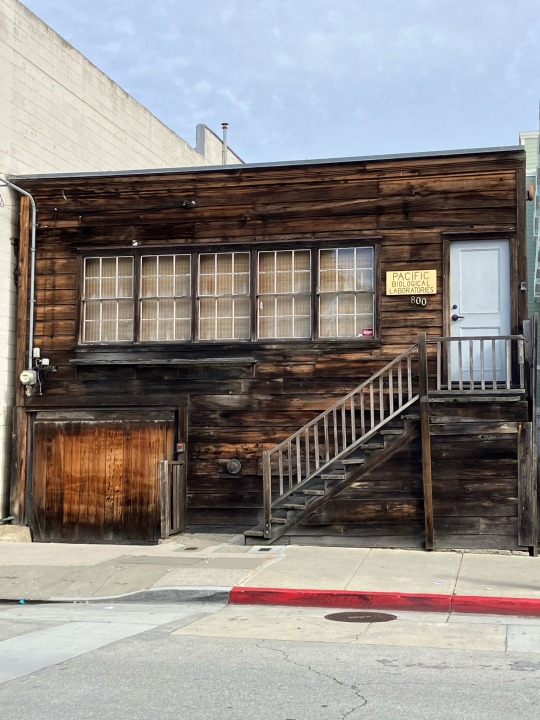

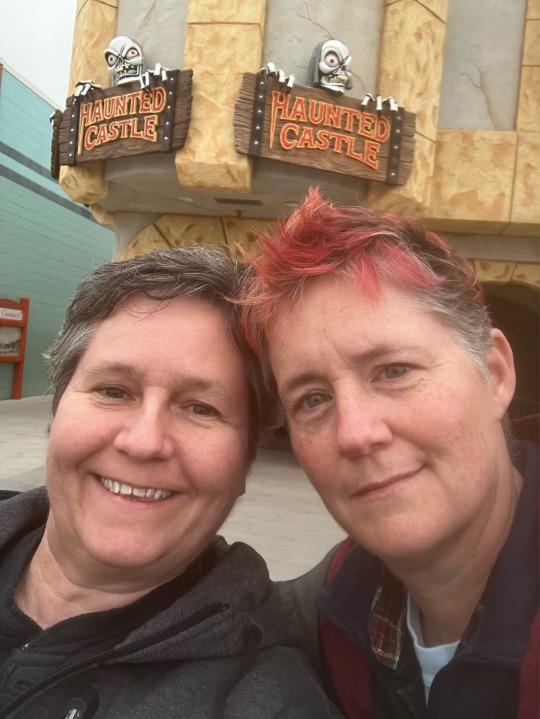
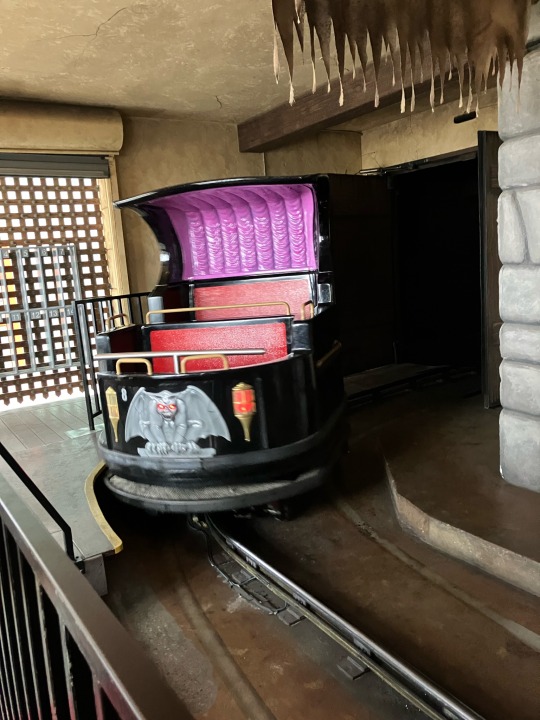
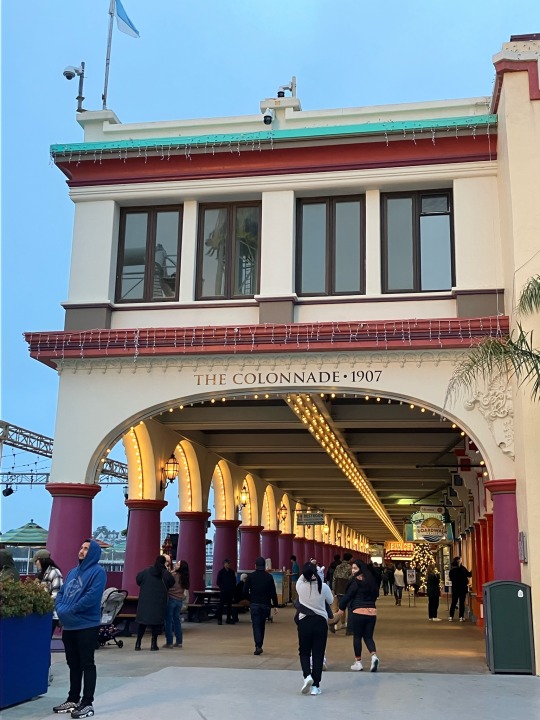

#santa cruz#butch#dyke#wlw#lesbian#queer#wives#wife life#dark ride#the boardwalk#monterey#cannery row
89 notes
·
View notes
Text
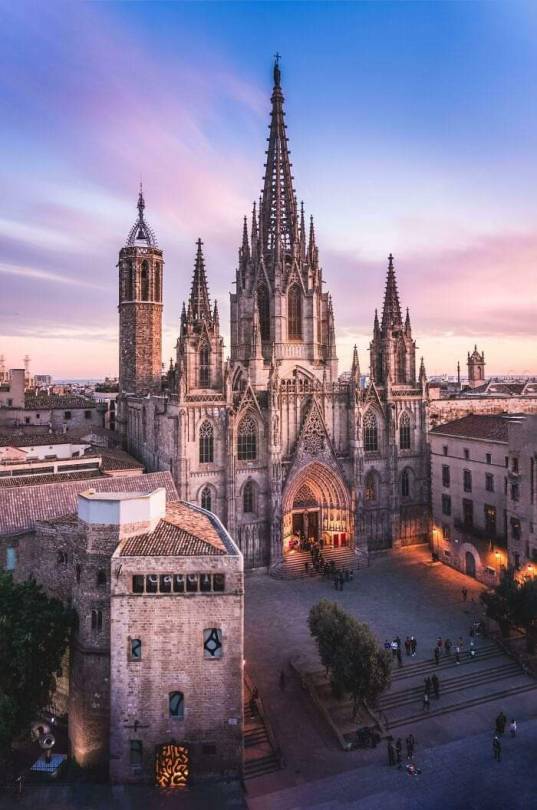
Catedral de la Santa Cruz y Santa Eulalia en BARCELONA
#catedral#santa cruz#santa eulalia#cathedral#holy cross#saint eulalia#barcelona#cataluña#catalonia#españa#spain#europe#europa
84 notes
·
View notes
Text
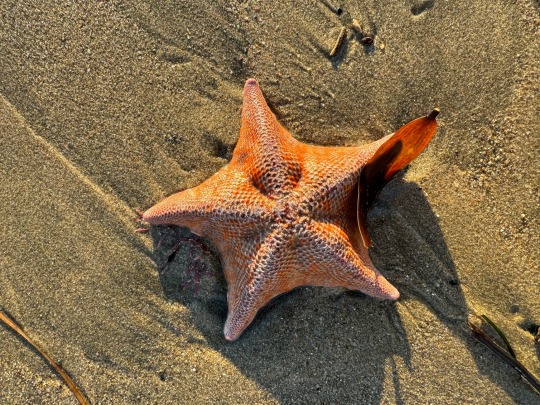
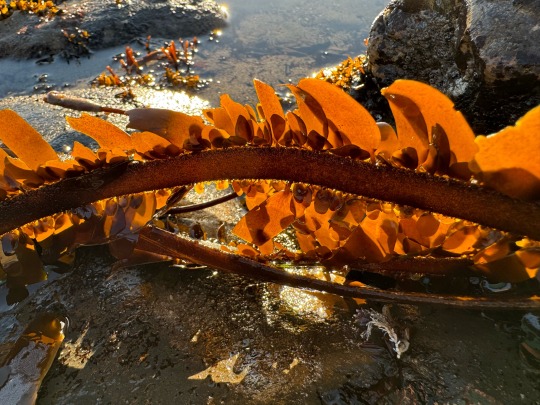

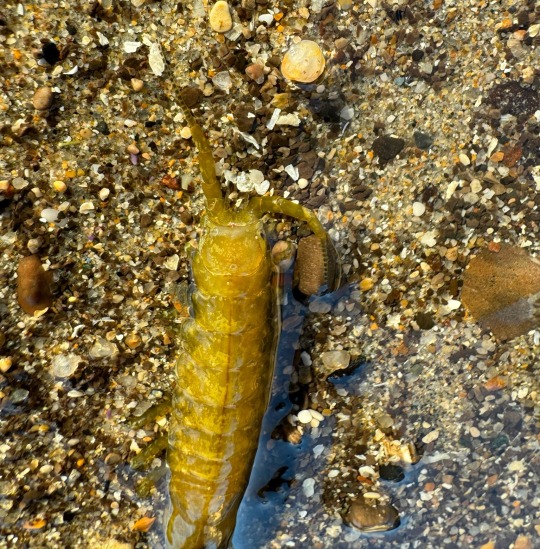
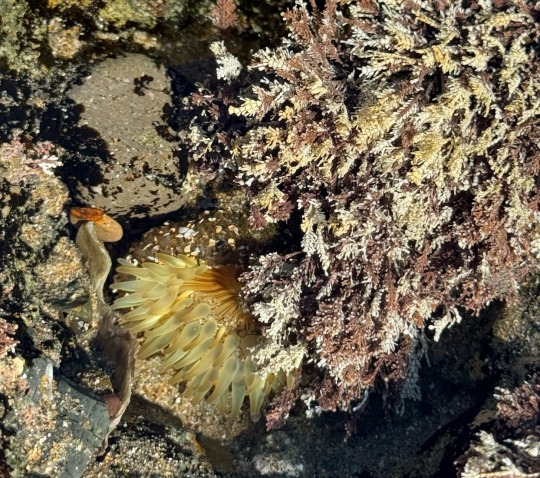
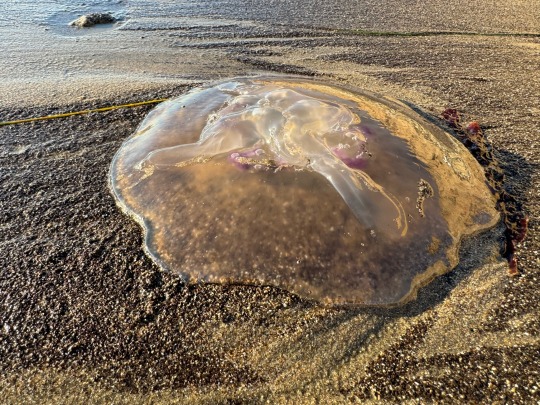




Tide pooling finds north of Santa Cruz. Lots of cool critters <3
Bat star (Patiria miniata)
Feather boa kelp (Egregia menziesii)
Unknown marine isopod
Eelgrass isopod (Pentidotea resecata)
Sunburst anemone (Anthopleura sola) and Corallina
Greater moon jelly (Aurelia labiata)
Hermit crab, likely Pagurus venturensis
Rock barnacles (genus Balanus)
Pale beach hopper (Megalorchestia columbiana)
North American hermit crab (Isocheles pilosus)
#tide pools#tidepooling#beach#santa cruz#route 1#nature photography#nature#bugs#biodiversity#arthropods#inaturalist#starfish#sea star#kelp#isopods#marine life#jellyfish#moon jelly#anemone#hermit crab#wildlife#pacific ocean#ocean#sea#marine biology#shore#barnacles#sand hopper#bugblr#california
99 notes
·
View notes
